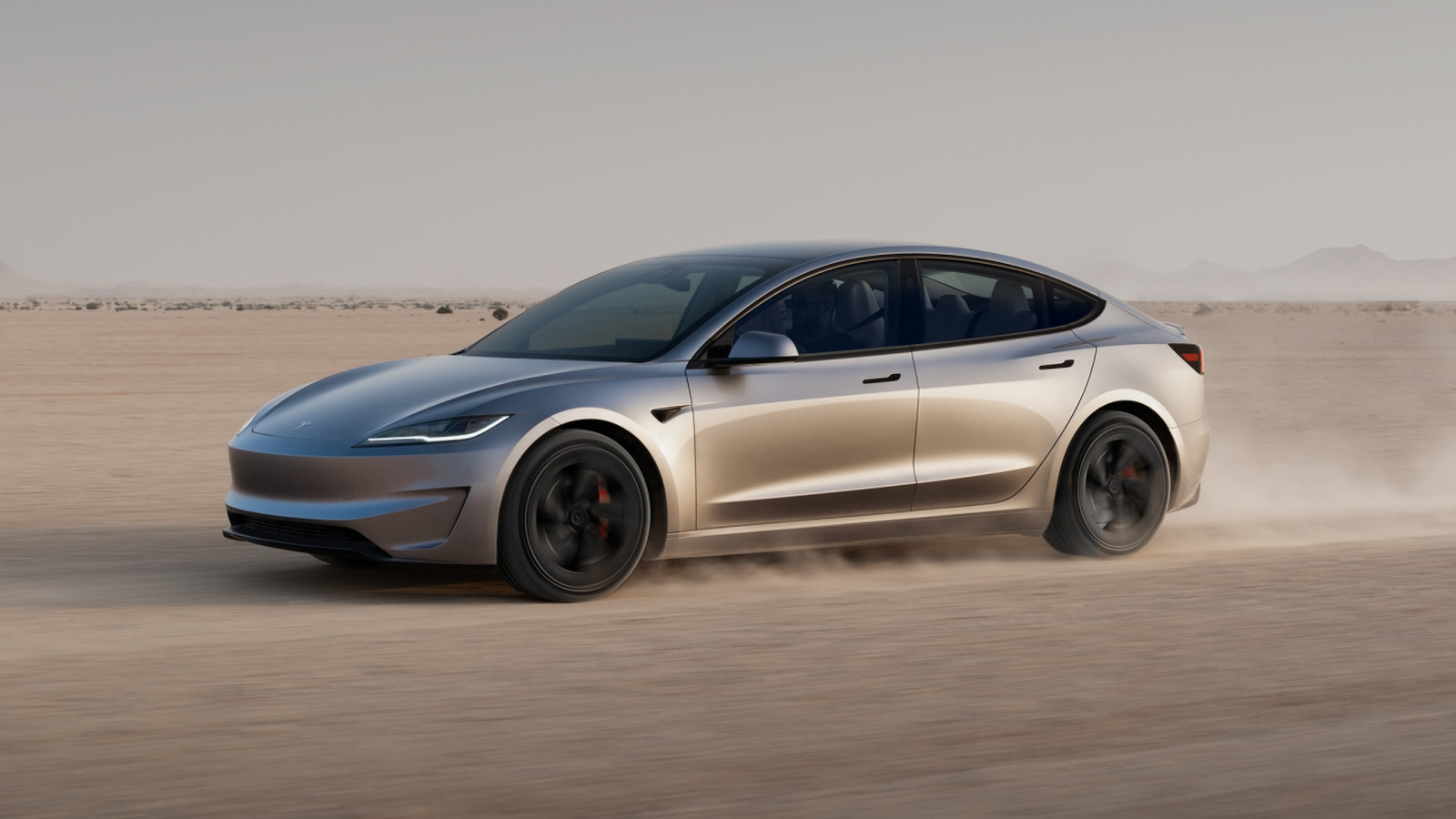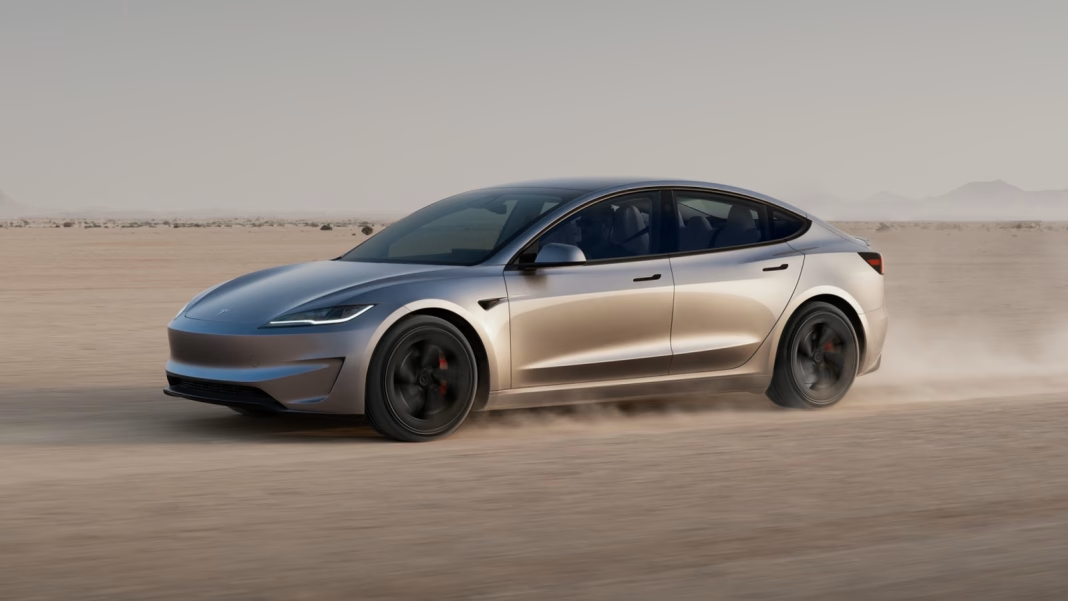Why Do Some People Feel Sick in Electric Vehicles?
If you’ve ever hopped into an electric vehicle and felt a little queasy, you’re not alone. While EVs are lauded for their quiet rides and eco-friendly credentials, a surprising number of drivers and passengers are reporting motion sickness that seems more intense than what they’ve experienced in traditional cars. So, what’s going on here? Let’s dig into the science, the real-world experiences, and what you can do about it.
What’s Different About Riding in an EV?
At first glance, an electric vehicle doesn’t seem all that different from a gas-powered car. Four wheels, comfy seats, the usual dashboard. But under the hood—well, under the floor, really—there’s a world of difference. EVs deliver instant torque, which means they accelerate smoothly and often more quickly than their gas-guzzling cousins. That lack of engine vibration and the near-silent ride? For some, it’s bliss. For others, it’s a recipe for nausea.
Researchers at the University of Michigan have found that the absence of engine noise and vibration can actually throw off your body’s sense of motion. Our brains are used to subtle cues—like the rumble of an engine or the hum of a transmission—to help us process movement. Take those away, and your senses can get out of sync. The result? That familiar, unpleasant wave of motion sickness.
Is It Just the Silence, or Is There More to It?
Silence is only part of the story. EVs often use regenerative braking, which feels different from traditional braking systems. Instead of a gradual slowdown, you might feel a more abrupt deceleration when you lift your foot off the accelerator. For passengers who aren’t expecting it, this can feel jarring—almost like the car is lurching forward and back. According to a 2023 study published in the journal Applied Ergonomics, these sudden changes in acceleration and deceleration are major triggers for motion sickness, especially in people who are already prone to it.
Another factor? The way EVs handle. Thanks to their heavy battery packs, EVs have a lower center of gravity, which can make them feel more stable in corners. But that same stability can translate into sharper, more pronounced turns, especially when driven enthusiastically. If you’re not behind the wheel, these quick changes in direction can leave your stomach doing somersaults.
Who’s Most at Risk for EV-Induced Motion Sickness?
Not everyone feels sick in an EV, but certain groups are more susceptible. Children, for instance, are notoriously prone to motion sickness, and the unique ride characteristics of EVs can make things worse. People who already struggle with car sickness in regular vehicles may find their symptoms amplified in an electric car.
Interestingly, some experts believe that our increasing reliance on screens—think texting, scrolling, or watching videos while riding—makes matters worse. When your eyes are focused on a stationary object inside the car, but your body feels movement, your brain gets mixed signals. This sensory mismatch is a classic recipe for nausea, regardless of what’s powering the car.
Are There Ways to Prevent or Reduce EV Motion Sickness?
Absolutely. The good news is, you’re not doomed to a life of ginger chews and Dramamine every time you ride in an EV. Here are a few strategies that actually work:
– Sit in the front seat. You’ll feel less motion and have a better view of the road, which helps your brain sync up with your body’s movement.
– Focus on the horizon. Looking out the window, rather than at your phone or a book, can reduce sensory confusion.
– Ask the driver to accelerate and brake gently. Smooth driving makes a world of difference.
– Keep the cabin cool and well-ventilated. Fresh air can help stave off queasiness.
– Take breaks on longer trips. Even a few minutes outside the car can reset your system.
Some automakers are taking notice, too. Several brands are working on customizable drive modes that let you adjust acceleration and braking sensitivity, making the ride more comfortable for sensitive passengers. There’s even talk of integrating subtle sound cues or vibrations to help mimic the sensory feedback of traditional cars.
What Does This Mean for the Future of Electric Cars?
As EVs become more mainstream, automakers are under pressure to address these comfort issues. After all, a car that makes you sick isn’t going to win many fans, no matter how green it is. Expect to see more research and innovation in this space, from improved suspension systems to smarter cabin design.
The big takeaway? EV comfort isn’t about perfection—it’s about smarter adjustments. Start with one change this week, and you’ll likely spot the difference by month’s end.


